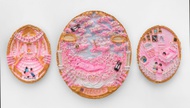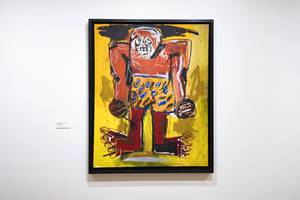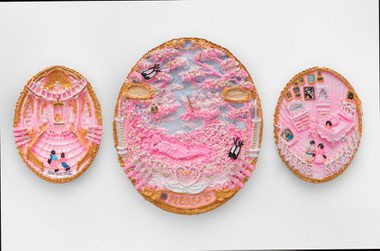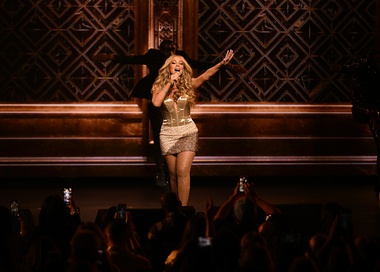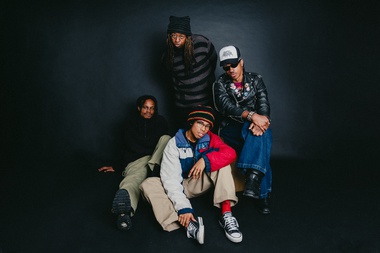For three decades, Kim Bavington has taught art to children. The onetime graphic designer with a fine art degree gladly gave up a more lucrative 9-to-5 life in order to follow her passion.
“I was a lot more fulfilled teaching kids art,” says Bavington, who found deeper joy outside the world of advertising or art directing. The Las Vegas local instructs students in weekly group sessions, art parties and private lessons. During the summer, she leads a bustling art camp. And about a year and a half ago, she added free online art videos to her repertoire. (Little did she know how helpful that last skill would be.)
Then COVID-19 arrived. Like with most industries, the pandemic threw her entire business model into a (temporary, we all hope) tailspin. In mid-March, Bavington began canceling classes. As a consolation, she offered video versions of her planned lessons. They were a hit, and frazzled parents with kids newly home from school and nothing yet planned were grateful. For the first few weeks, Bavington was streaming art projects every day. Now, she’s settled into a routine where she releases several edited videos a week.
Each video is a colorful little gem of art instruction, tailored to children but compelling enough to appeal to adults as well. Available on artclassesforkids.com as well as on YouTube, the lessons focus on creating a piece of art inspired by a famous contemporary artist: soup cans inspired by Andy Warhol; oil pastels inspired by Picasso; cupcake paintings inspired by Wayne Thiebaud; portraits inspired by Modigliani; mixed-media collages inspired by Fred Tomaselli; and Yayoi Kusama-inspired polka dots. Other featured artists include Takashi Murakami, Dale Chihuly and Kaws. The coolest part is that it’s as much an education on the artists themselves as it is on technique. You learn without feeling that heavy burden of learning with a capital ‘L’.
Even more fun: The video lessons are a family affair. She’s recruited her twin 11-year-old children, who are also home from school and “kind of bored.” Bavington’s cheerful 11-year-old daughter Lily co-stars in the videos. And son Jet works behind the camera. “Kids like seeing another kid help and to see how a kid’s artwork comes out compared to mine,” Bavington says.
Bavington always dreamed of two things: making a TV show about art for kids and getting to spend more time with her twins. The pandemic has helped her realize both aims, with a painful catch. “I have everything in the dream except money to pay bills,” Bavington says. “So yes, I’m doing all the things I love to do. But I have to be realistic about it. How long can I do this without earning money from it?”
The monetization of internet-based pursuits is a notoriously tricky beast—just ask a generation of musicians, bloggers and photographers. Recent changes in YouTube’s policies have prevented Bavington from earning ad revenue. But she’s eking out a profit through other avenues, such as using Ko-Fi.com for donations and selling art supplies via the Amazon Affiliate program. And she’s developed an “art camp in a box” concept for summer learning.
Bavington has grown her marketing chops, too. For example, she’s creating 60-second art videos to grow a following on Pinterest.
“Maybe this is a turning point in my career,” Bavington says, considering both the evolving technologies and the fact that people are becoming more comfortable with online learning.
She says that in the beginning, she was content with just making enough money to continue doing what she loves. But now, between being a single parent and the pandemic, she’s “looking at life a little differently.” Bavington says, “Now, I’m like, ‘OK, let’s see where all these different things can take me. ….I just think that the time is now. ’”
If anybody can make a new enterprise flourish during a global pandemic, it’s an artistic spirit such as Bavington.
“Everybody’s dealing with crisis in a different way,” Bavington says. “People that are creative are rising to the top. People that aren’t creative are getting really creative.”

!["All the things we’re doing to cope [with this shutdown] would not be possible were it not for an art sector in your community."](http://media.lasvegasweekly.com/img/photos/2018/03/13/0315_Scene_Sarah-O-Connell_Photo-by-Wade-Vandervort_Staff_r190x108.jpg?865431e890af804dfed7ccab93b8b85c95853c35)

